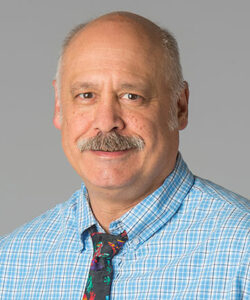Hoffman lands city sewer work totaling $7.7 million
City reviews five permits for improvements at its Riverside Park facility
The city of Spokane has awarded Hoffman Contractors Inc., of Spokane, work valued at $7.7 million at its Riverside Park Water Reclamation Facility, and the contractor has submitted five building permit applications to conduct the work in multiple phases, says Lars Hendron, the plant's principal engineer.
Hendron says the work will include installing a variety of new and replacement equipment and making upgrades to the treatment plant at 4401 N. Aubrey L. White Parkway, in northwest Spokane. Some of the work also will convert vacated equipment space into staff work space.
"The disinfection building has been vacant where we took out (chlorine gas) tanks," Hendron says. "In lieu of building additional space, we're repurposing existing space to save money."
The improvements will include $3 million in replacement digester gas compression equipment, a new $2.1 million gravity-belt system, a $1.2 million backup power system, $1 million in fire safety improvements, and $400,000 in heaters and fans to make vacant interior space usable for staff, Hendron says.
The improvements will be phased in a sequence to be determined by Hoffman Contractors, he says. Work will begin soon and will be completed in about 18 months, he says.
The Spokane office of Englewood, Colo.-based CH2M Hill Inc. designed the projects.
The digester gas compressors and related equipment will concentrate gasses generated in the digester stage of wastewater treatment, and distribute the gasses through two systems, Hendron says.
One system burns gas in a boiler system to provide heat, Hendron says. The other burns gasses in a flare to control odors and meet air quality standards, he says.
The backup power system will include a new diesel-powered generator that will be installed outside of the plant, Hendron says. The generator will be quieter and more efficient than the aging generator currently inside of the plant, he says. The standby power improvements also will include a new control panel and electrical components.
The new gravity-belt thickener system will include pumps and instrumentation. The main belt will allow water to drain from the wettest solids before further treatment, Hendron says.
The fire-safety measures will extend the fire sprinkler system and separate oil and lubrication storage facilities from storage for other combustible materials, he says.
Related Articles


_c.webp?t=1763626051)

_web.webp?t=1764835652)